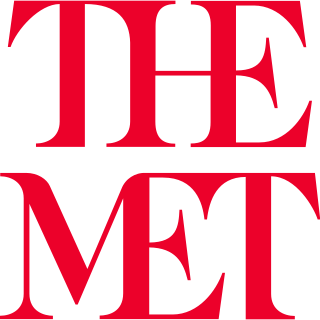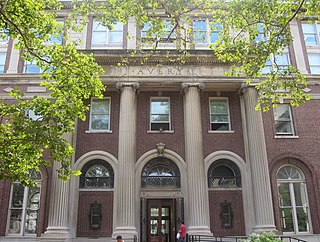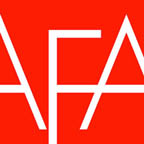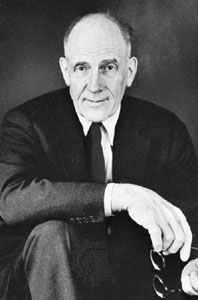
Wallace Kirkman Harrison was an American architect. Harrison started his professional career with the firm of Corbett, Harrison & MacMurray, participating in the construction of Rockefeller Center. He is best known for executing large public projects in New York City and upstate, many of them a result of his long and fruitful personal relationship with Nelson Rockefeller, for whom he served as an adviser.
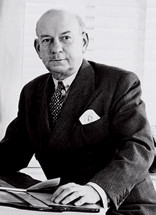
Walter Dorwin Teague was an American industrial designer, architect, illustrator, graphic designer, writer, and entrepreneur. Often referred to as the "Dean of Industrial Design", Teague pioneered in the establishment of industrial design as a profession in the US, along with Norman Bel Geddes, Raymond Loewy, and Henry Dreyfuss.

The Fashion Institute of Technology (FIT) is a public college in Manhattan, New York. It is part of the State University of New York (SUNY) and focuses on art, business, design, mass communication, and technology connected to the fashion industry. It was founded in 1944.
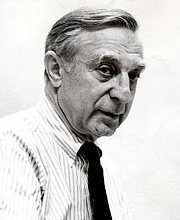
Max Abramovitz was an American architect. He was best known for his work with the New York City firm Harrison & Abramovitz.
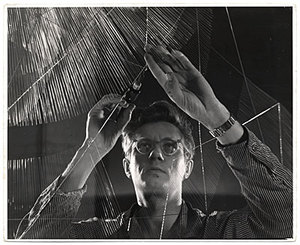
Richard Lippold was an American sculptor, known for his geometric constructions using wire as a medium.

Arthur Wesley Dow was an American painter, printmaker, photographer and influential arts educator.

Serge Ivan Chermayeff was a Russian-born British architect, industrial designer, writer, and co-founder of several architectural societies, including the American Society of Planners and Architects.
Lowery Stokes Sims is the retired Curator Emerita at the Museum of Arts and Design, where between 2007 and 2015, she served as the Charles Bronfman International Curator and then the William and Mildred Lasdon Chief Curator. From 2000 to 2007, Sims was executive director then president of The Studio Museum in Harlem and served as Adjunct Curator for the Permanent Collection. Sims was on the education and curatorial staff of The Metropolitan Museum of Art from 1972 to 1999. A specialist in modern and contemporary art she is known for her particular expertise in the work of African, Latino, Native and Asian American artists. She has published extensively and her research on the work of the Afro-Cuban Chinese Surrealist artist Wifredo Lam was published by the University of Texas Press in 2002. In 1997, she organized a survey of the work of Richard Pousette-Dart at The Metropolitan Museum of Art. Sims has lectured nationally and internationally and guest curated numerous exhibitions, most recently at the National Gallery of Jamaica, Kingston, Jamaica (2004), The Cleveland Museum of Art and the New York Historical Society (2006). She is the editor and an essayist for the catalogue of the National Museum of the American Indian’s 2008 retrospective of Fritz Scholder. In 2003 and 2004, Sims served on the jury for the memorial for the World Trade Center and between 2004 and 2006, served as the chair of the Cultural Institutions Group, a coalition of museums, zoos, botanical gardens and performing organizations funded by the City of New York. Sims was a fellow at the Clark Art Institute in spring 2007. In 2005 and 2006, she was Visiting Professor at Queens College and Hunter College in New York City and in fall 2007, Visiting Scholar in the Department of Art at the University of Minnesota, Twin Cities. She was in the 2010 documentary film !Women Art Revolution.

The New Mexico Museum of Art, is the oldest art museum in the state of New Mexico. It is one of four state-run museums in Santa Fe that are part of the Museum of New Mexico system operated by the New Mexico Department of Cultural Affairs.
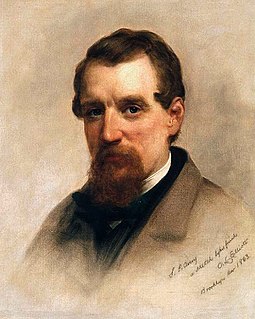
Samuel Putnam Avery (1822–1904) was an American connoisseur and dealer in art. He was born in New York City where he studied engraving and was extensively employed by leading publishers. He began business as a dealer in art in 1865. In 1867 Mr. Avery was appointed commissioner in charge of the American art department of the Exposition Universelle in Paris. He was a founding, and for a long time, trustee of the Metropolitan Museum of Art and was a life member of important scientific, artistic and educational associations. He founded the Avery Architectural Library at Columbia University in memory of his son Henry Ogden Avery, an architect of note, who died in 1890. In 1900 he donated his collection of 17,775 etchings and lithographs to the New York Public Library.
Florence Nightingale Levy was an American arts administrator notable for founding of the publication American Art Annual in 1898.

Richard Martin was a scholar, lecturer, critic and curator, and a leading art and fashion historian. At the time of his death he was curator of the Costume Institute at the Metropolitan Museum of Art, creating many critically acclaimed exhibitions and contributing widely towards publications on the subject. After his death, an award in his name was set up to recognise creative, high quality and innovative costume exhibitions.
Thelma Golden is the Director and Chief Curator of The Studio Museum in Harlem, New York City, United States. Golden joined the Museum as Deputy Director for Exhibitions and Programs in 2000 before succeeding Dr. Lowery Stokes Sims, the Museum’s former Director and President, in 2005. She is noted as one of the originators of the term Post-Blackness.
Alfons Bach (1904–1999) was a German industrial designer and watercolor painter. He is known for his architectural design projects and his tubular steel furniture, which have been described as "icons for their period."
Henry Watson Kent was an American librarian and museum administrator, "a great pioneer in American museum education and administration".
Joseph Henry Breck (1885–1933) was an American curator and museum director. During his career he served as a Director of the Minneapolis Society of Fine Arts, Curator of the Decorative Arts Department of The Metropolitan Museum of Art, Assistant Director of The Metropolitan Museum of Art, and first Director of The Cloisters.
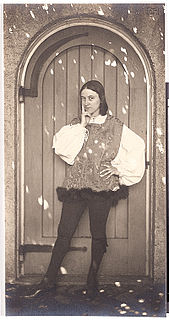
Edith Emerson was an American painter, muralist, illustrator, writer, and curator. She was the life partner of acclaimed muralist Violet Oakley and served as the vice-president, president, and curator of the Woodmere Art Museum in the Chestnut Hill neighborhood of Philadelphia, Pennsylvania, from 1940 to 1978.
Henri Gabriel Marceau was an American architect, teacher, art historian and museum curator. He served as Director of the Philadelphia Museum of Art, 1955–1964.

